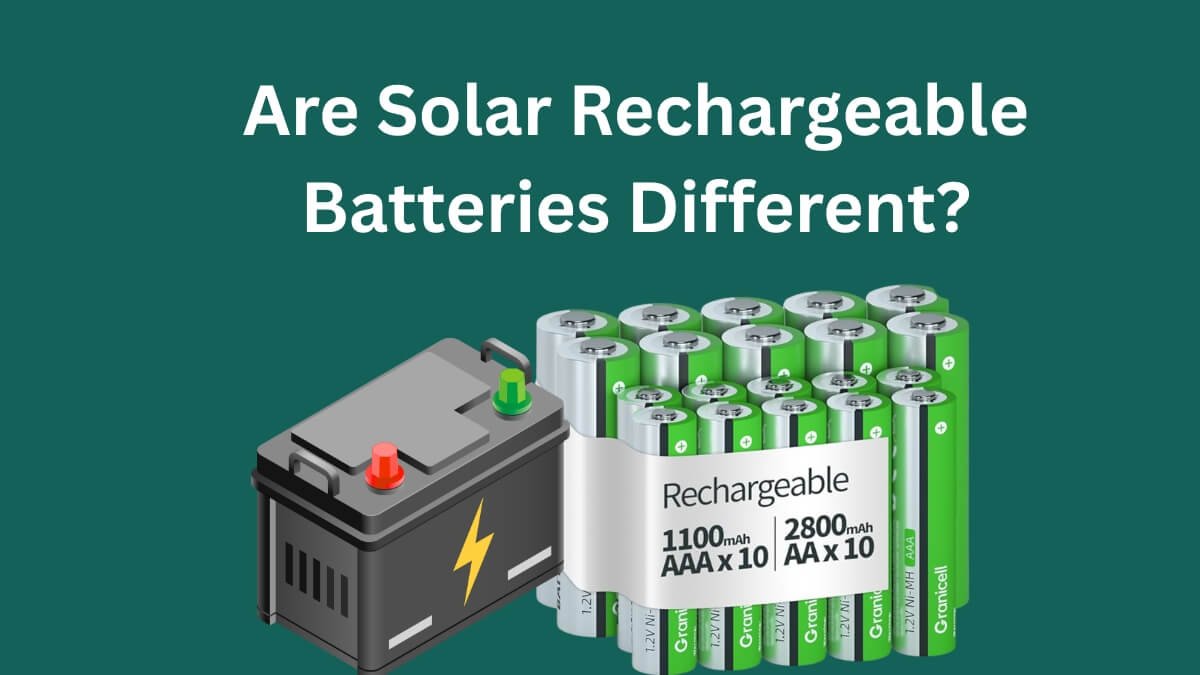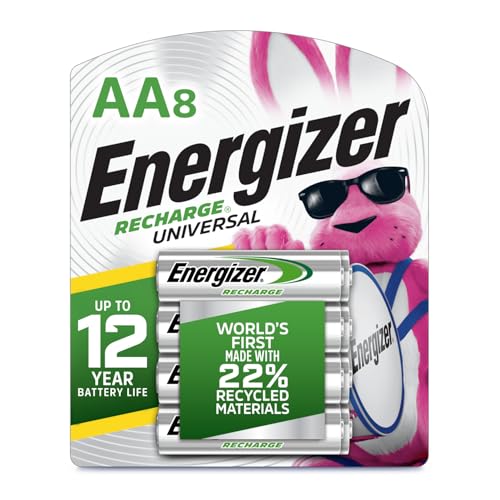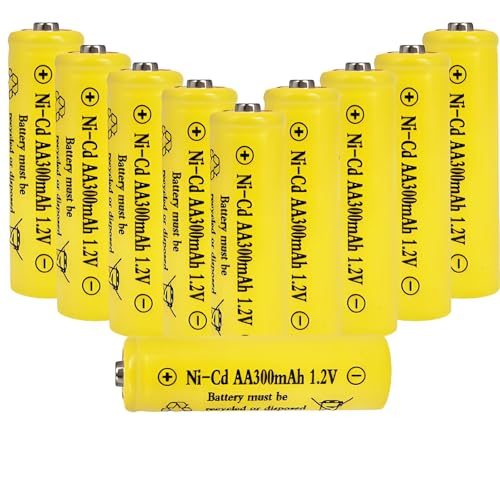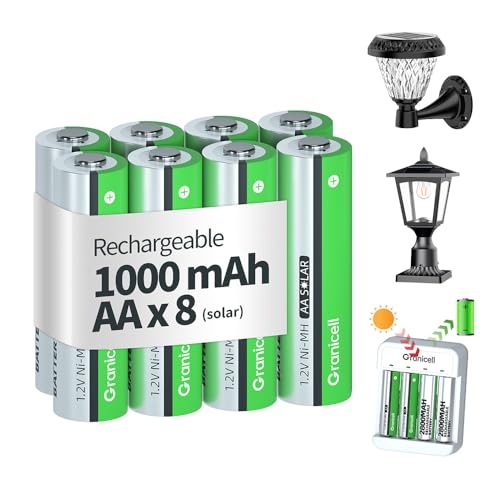I’ve been powering my off-grid gadgets with solar for years now, from my weather station to my backyard lights. And one question I see pop up constantly in forums is this: are solar rechargeable batteries different from the regular AAs and AAAs I buy for my TV remote?
Are Solar Rechargeable Batteries Different?
The short answer is yes, but not in the way you might think. You can’t tell by looking at them. The difference is hidden in their chemical DNA and how they’re engineered to perform. From my own testing and a closer look at the battery specs, here’s what I learned –
What Makes Solar Rechargeable Batteries Different?
Solar rechargeable batteries are specially designed to work with small, steady solar charging cycles. Unlike standard rechargeable batteries you’d use in a TV remote or camera, solar ones:
- Handle low, slow charging: Solar panels on outdoor lights deliver a trickle of power. Solar batteries are built to absorb and store that steady flow.
- Tolerate daily charge/discharge cycles: Garden lights or solar gadgets drain and recharge almost every day. Solar-specific batteries are made for frequent cycling without degrading quickly.
- Lower capacity but higher endurance: Regular NiMH or Li-ion rechargeables may have higher mAh ratings, but solar ones prioritize long-term reliability in outdoor conditions.
Common Types of Solar Rechargeable Batteries
| Battery Type | Works Best For | Pros | Cons | Example Use Case |
|---|---|---|---|---|
| NiMH (Nickel-Metal Hydride) | Solar garden lights | Affordable, easy to find, good cycle life | Lower capacity compared to Li-ion | Pathway lights |
| NiCd (Nickel-Cadmium) | Older solar devices | Durable, resistant to overcharging | Memory effect, less eco-friendly | Legacy solar lamps |
| Li-ion (Lithium-Ion) | High-end solar gadgets | High capacity, longer run time | More expensive, sensitive to heat | Solar power banks |
| LiFePO4 (Lithium Iron Phosphate) | Larger solar storage | Very long cycle life, stable | Higher upfront cost | Solar generators |
👉 Pro tip: Always check your device’s manual before swapping batteries. Using the wrong type can shorten the product’s lifespan or even damage the circuit.
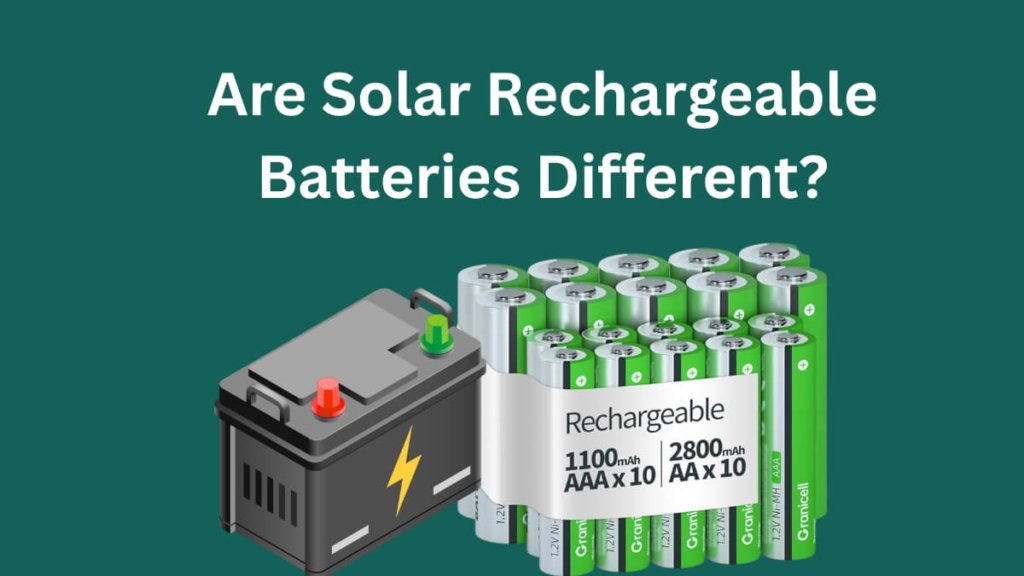
Are Regular Rechargeable Batteries Interchangeable?
Here’s where many people get tripped up (myself included). You can sometimes use regular NiMH rechargeable batteries in solar devices—but they won’t last as long.
- Short-term use: Fine if you’re testing a light or in a pinch.
- Long-term use: Not ideal—regular batteries wear down faster with solar charging.
- Performance difference: You may notice dimmer lights or shorter operating time at night.
In other words, regular rechargeable batteries may “work,” but they’re not optimized for solar use.
How to Choose the Right Solar Battery
When shopping, look for:
- Labeling: “Solar rechargeable” or “For solar devices”
- Capacity (mAh): Match your device’s requirements
- Cycle life: More than 500 cycles is a good sign
- Weather resistance: Important if your device lives outdoors
Quick Answers to Common Solar Battery Questions
Can I use alkaline batteries instead of solar rechargeables?
No. Alkaline batteries aren’t rechargeable. Putting them in solar lights can cause leaks or damage.
Are Solar Rechargeable Batteries Different?
Yes, solar rechargeable batteries are different—and for good reason. They’re built to handle the unique charging and discharging patterns that come with solar-powered devices. While regular rechargeables might get you by temporarily, investing in true solar batteries ensures longer life, consistent performance, and fewer headaches.
How long do solar rechargeable batteries last?
Typically 1–2 years for garden lights, depending on weather and usage. Higher-end lithium options can last 5+ years.
Are solar rechargeable batteries worth it?
Yes—especially for devices that charge daily. They’ll save you money and frustration in the long run.
Read: Best Solar Battery Chargers for Cars, RVs, Boat and Marine.
If you want your solar lights or gadgets to shine bright and last, go with the right tool for the job.

